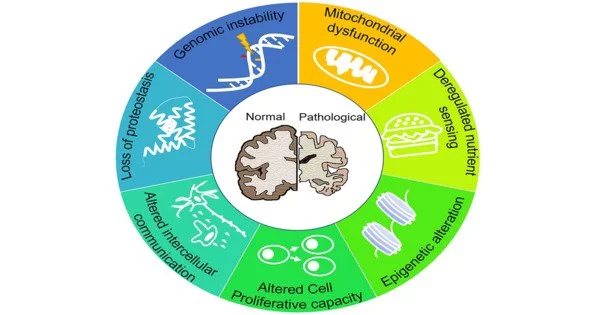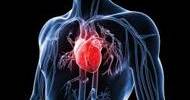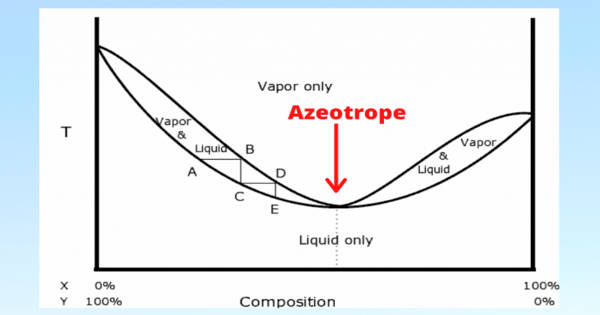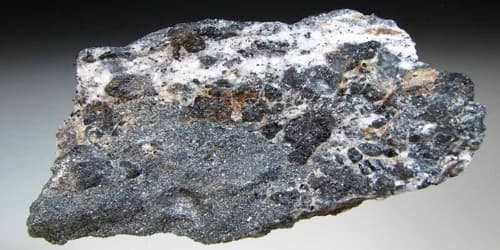Pathological aging refers to the deterioration of the body’s systems and functions that occurs as a person gets older. This can include a decline in physical and cognitive abilities, an increased risk of disease and illness, and a shorter lifespan. Pathological aging is different from normal aging, which is the natural process of growing older. There are various theories about the causes of pathological aging, including genetics, environmental factors, and lifestyle choices. The study of pathological aging is called gerontology.
It refers to the process of aging that is associated with the development of age-related diseases and disorders, such as Alzheimer’s disease, cancer, and cardiovascular disease. These conditions are caused by a combination of genetic, environmental, and lifestyle factors. While some degree of aging is inevitable, certain lifestyle choices, such as regular exercise and a healthy diet, may help to reduce the risk of developing these diseases and disorders. Additionally, ongoing research is aimed at developing new treatments and therapies that can help to delay the onset or slow the progression of pathological aging.
The causes of pathological aging are not fully understood, but it is thought to be a combination of genetic, environmental, and lifestyle factors. Research on pathological aging aims to understand the underlying mechanisms of age-related disease and to develop interventions to prevent or delay the onset of these conditions. This type of aging is caused by a combination of genetic, environmental, and lifestyle factors, and can lead to decreased physical and cognitive function. While some aspects of aging, such as wrinkles and gray hair, are considered normal, pathological aging is characterized by a decline in health and an increased risk of disease and death.
Pathological aging is caused by a combination of genetic, environmental, and lifestyle factors. Research in this area aims to understand the underlying mechanisms of pathological aging and to develop interventions that can delay or prevent age-related diseases. As the number of elderly people grows, so will the number of neurodegenerative and cerebrovascular disorders that cause dementia. The most common cause of dementia is Alzheimer’s disease (AD). The most common causes of dementia after AD are vascular dementia, dementia with Lewy bodies, and frontotemporal dementia, but a large proportion of patients have a combination of degenerative and vascular brain pathology.
















